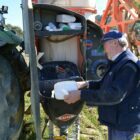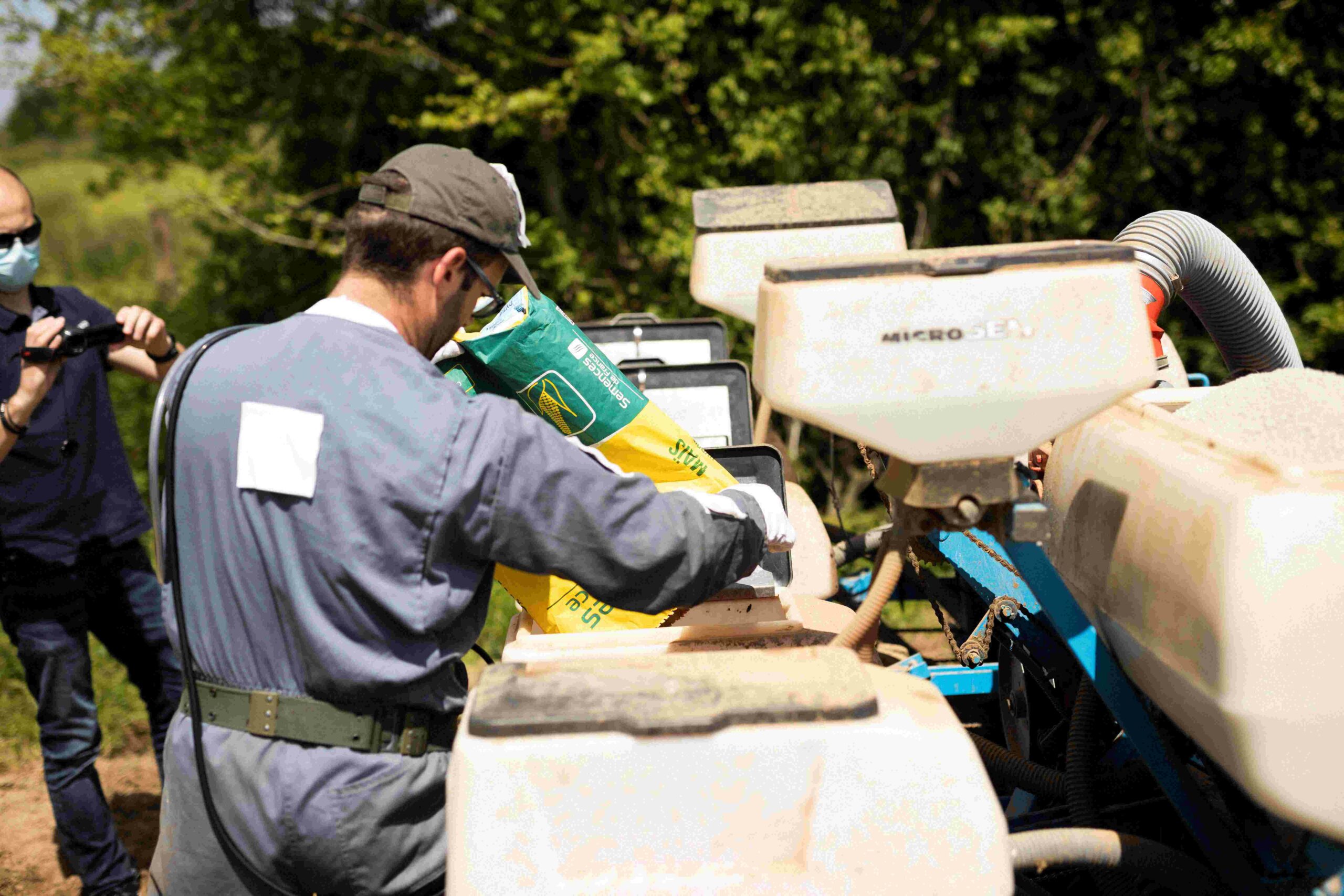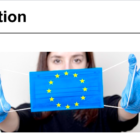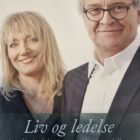Agribusiness
Pesticide victims left to fend for themselves
|
Originally published by Le Monde 16th of February. Suffering from Parkinson’s disease or cancer, European farm workers experience inadequate recognition and failing compensation schemes. Cropper and cattle breeder Luis Grasa, suffering from Parkinson’s disease most likely due to continuous exposure to agrochemicals, observes his cereal fields in Cerésola (Spain). Photo: Marcos Garcia Rey. Science has shown that pesticides exposure is linked to serious and deadly illnesses for farm workers, including Parkinson’s disease and blood cancers.Victims across Europe are struggling for recognition and compensation, as occupational disease remains a blind spot for authorities. As of now, only France and Italy officially recognize Parkinson’s disease to be linked to farm work.




